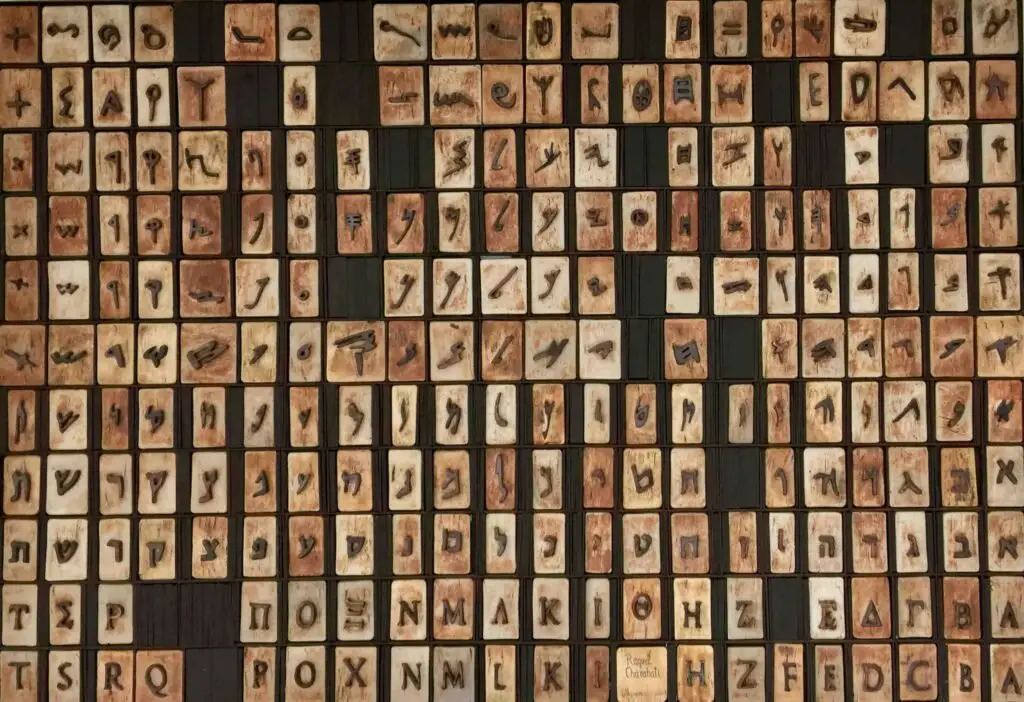Amazigh
Meaning Behind Common Amazigh Symbols

The Amazigh, also known as Berbers, are the indigenous people of North Africa, and their culture is rich in symbolism. These symbols are deeply ingrained in their art, jewelry, textiles, and architecture, each carrying profound meanings tied to their heritage, spirituality, and connection to the natural world. Understanding these symbols offers a window into the values and traditions of the Amazigh people.
This article delves into some of the most common Amazigh symbols, exploring their meanings and significance in Amazigh culture.
The Importance of Symbols in Amazigh Culture
Amazigh symbols are not merely decorative; they are a form of storytelling and expression. Passed down through generations, these symbols represent themes like protection, fertility, harmony, and freedom. They appear in various forms, from tattoos on Amazigh women to intricate patterns on rugs and Amazigh jewelry.
For the Amazigh, symbols are a language of identity, connecting them to their ancestors and preserving their cultural legacy.
Common Amazigh Symbols and Their Meanings
1. The Amazigh Flag Symbol (ⵣ)
The Amazigh flag features a prominent symbol, ⵣ, pronounced “Yaz.” This letter from the Tifinagh alphabet represents “free man,” embodying the Amazigh people’s identity and resilience.
The flag’s colors also carry symbolic meanings:
- Blue represents the Mediterranean and Atlantic Oceans.
- Green symbolizes the lush mountains.
- Yellow signifies the Sahara Desert.
Together, they reflect the diverse landscapes of Amazigh territories.
2. Hand of Fatima (Khamsa)
The Khamsa, or Hand of Fatima, is a widely recognized symbol in Amazigh culture, often used for protection against evil spirits and the “evil eye.” This symbol frequently appears in Amazigh jewelry, worn as a talisman for good fortune and safety.
The five fingers of the hand are also said to represent the five senses, emphasizing balance and awareness in life.
3. Geometric Patterns
Geometric patterns are integral to Amazigh textiles, pottery, and architecture. Each pattern has a specific meaning:
- Triangles: Represent fertility and femininity, often linked to Amazigh women and their role in sustaining the community.
- Diamonds: Symbolize protection and are commonly seen in rugs and tattoos.
- Zigzags: Represent water and its life-sustaining power in the arid landscapes of North Africa.
These patterns are not only aesthetic but also serve as visual narratives of Amazigh life and beliefs.
4. The Eye Symbol
The “eye” symbol is another motif used to ward off negative energy and protect the wearer. It appears in jewelry, tattoos, and household items, often accompanied by other protective elements like the Khamsa.
For the Amazigh, the eye symbolizes vigilance, intuition, and spiritual guidance.
5. The Amazigh Knot
The Amazigh knot, a complex interwoven design, represents eternity and the interconnectedness of life. This symbol is often used in decorative arts and jewelry, emphasizing unity and the cyclical nature of existence.

Symbols in Modern Amazigh Culture
Amazigh symbols continue to hold relevance today, appearing in contemporary art, fashion, and activism. For example:
- Amazigh jewelry featuring traditional symbols is popular not only as a cultural emblem but also as a fashion statement.
- Symbols have been incorporated into murals and artwork advocating for movements like “Me Too in Moroccan Amazigh” communities, blending traditional motifs with messages of empowerment and equality.
- Amazigh-inspired designs are also gaining global appeal, seen in textiles, tattoos, and even innovative settings like Amazigh food truck menus, where symbolism adds a cultural touch.
Preserving Amazigh Symbolism
Efforts to preserve Amazigh symbols are essential for safeguarding their cultural significance. Initiatives include:
- Educational Programs: Teaching the meanings of symbols in schools and workshops to pass down knowledge to younger generations.
- Cultural Festivals: Events like the Timitar Festival celebrate Amazigh art and symbols through music, dance, and exhibitions.
- Artisan Support: Buying handmade crafts featuring Amazigh symbols helps sustain the livelihoods of artisans while keeping traditions alive.
How to Experience Amazigh Symbolism
Visitors to North Africa can witness Amazigh symbols in their authentic contexts:
- Purchase handcrafted Amazigh jewelry or textiles from local artisans.
- Explore museums or cultural centers that showcase Amazigh artifacts and their symbolic meanings.
- Attend festivals and immerse yourself in Amazigh culture through music, dance, and art.
These experiences provide a deeper appreciation of the Amazigh people and their enduring heritage.
Final Thoughts
The meaning behind common Amazigh symbols reflects the beauty, resilience, and depth of Amazigh culture. From protective talismans like the Khamsa to the timeless elegance of geometric patterns, these symbols tell stories that transcend generations.
By learning about and supporting the preservation of Amazigh symbolism, we honor their legacy and contribute to keeping their rich cultural heritage alive for future generations.
